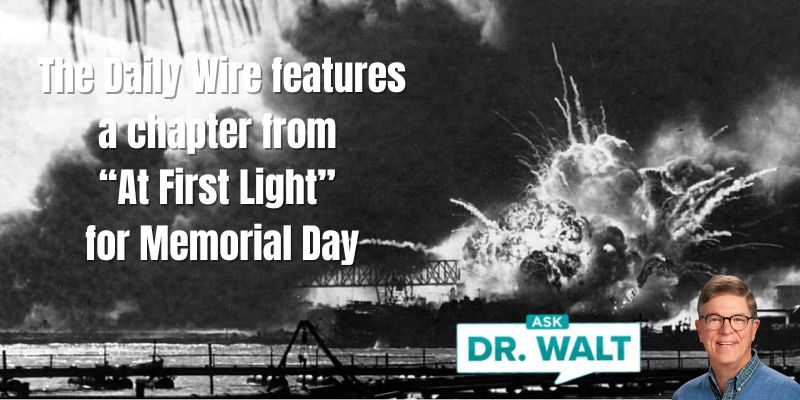
March 13, 1944 – Stories of Army nurses in WWII that will swell your heart
March 13, 2024
March 15, 1944 – Baptism by fire (Part 1)
March 15, 2024The countless stone houses of standard design lined the few roads across the Anzio beachhead. To the front of Dad’s units the stone farm houses were almost always fortified by the Germans and became centers of fierce resistance.

These houses generally contained bunkers built by the ingenious German engineers so that if the structure was seriously damaged or even destroyed by U.S. artillery, the debris fell on top of the bunkers and served to increase camouflage and protection. In addition, ovens built in every yard and small barns were used as machine-gun nests while large concrete-hard manure piles and straw stacks frequently serve as positions for automatic weapons.
Night after night, “house-blowing” patrols whittled away the beachhead skyline between the opposing armies: tanks and 8-inch howitzers pulverized the upper floors of suspected strongpoints while riflemen screened by thick smoke splashed across the polders to exterminate any survivors. On the foreheads of dead Germans, Forcemen left calling card stickers with a spearhead in insignia and a warning of das dicke Ende kommit noch: the worst is yet to come. Every haystack, every manure bin, every outdoor oven—anything that could hide an enemy soldier wih a machine pistol—came under seething fire. Every house captured caused the men to exclaim, “Our front line is now 500 yards closer to Rome..”[1]
In mid-March, a strong combat patrol of the 30th Infantry made a sneak attack on two houses and ran into terrific fire from both inside the houses and from concealed positions around them. A tank also came out of hiding to take part in the melee.
The battle raged for two hours but the odds were too great against the patrol, whose members were caught in cross-fires of machine guns and automatic weapons. The patrol fought until its ammunition ran out and withdrew.
During the mêlée, one German emergeed from the house with upraised hands. One of his own machine guns cuth him down as he advanced toward the patrol to surrender. Fights similar to these were frequent.[2]
On top of U.S. attacks, the well-entrenched Americans, supported by artillery and armor, had to repulse subsequent German attacks. Holding their positions despite suffering heavy losses, they beat back endless enemy assaults.
The Germans continued to seek a breakthrough, but their efforts to exploit the American line gradually weakened. The Germans, in a failed attempt to eliminate the Anzio beachhead, quickly went over to the defensive, “clearly incapable of mounting any further serious offensive action.”
By mid-March, the Anzio beachhead had quieted down, and taken on the characteristics of garrison life.[3]
Phil had an uneasy feeling that something was brewing. His intuition was correct, for the next two days he was about to enter the fiercest and most dangerous skirmish of his young career.
[1] Taggart, 139.
[2] Champagne, 65.
[3] Atkinson, The Day of Battle, 492.
In case you haven’t read or listened to Dad’s book, you can learn more or order it here.
© Copyright WLL, INC. 2024.




